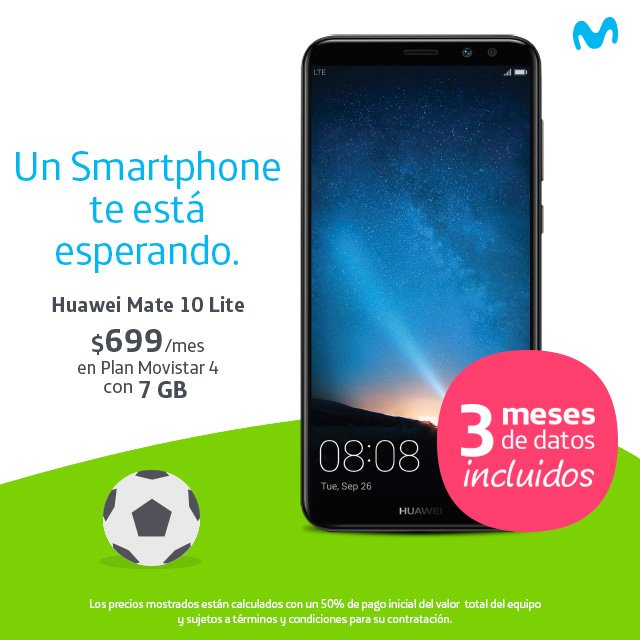


When going north it's cheaper to keep your Mexican SIM card instead of buying a new one in the US or Canada. Now, all providers offer data, texts and voice roaming in all of North America without surcharges. In 2015 AT&T started a price war in North American roaming by including the US and Canada at domestic Mexican rates. Please be aware that prices quoted in '$' in this article are in Mexican Peso (MXN, MX$), not US$. Some signs - and some messenger accounts such as WhatsApp numbers that were signed up before mid-2019 - may still be in the form of +52 1. (Be aware that, prior to August 2019, to reach a mobile phone from outside of Mexico a 1 was added before the phone number code. Both landlines and mobiles are 10 digits long and start with the digits 2-9. Mobile phones in Mexico share the same regional codes with landlines and don't have separate initial digits as most other countries do. Telephone numbers in Mexico are dialed as 10 digits within the country: and +52 from other countries. Top-ups can be made anywhere by top-up cards or direct top-up giving the phone number (in Spanish! or write it down) at the checkout of supermarkets. There is no need to show an ID or give any address, but to be safe, take it with you, when you buy the chip.
Planes movistar mexico plus#
You can get a prepaid SIM card, which is called chip anywhere in Mexico, from the major operators and their outlets for less than $100 plus some credit on it. In contrast to the US most (82%) of Mexican mobile subscriptions are prepaid. In 2018 it covered around 1/3 of the population and 92% is planned for 2023. It's based on 700 MHz and sold on a wholesale base only. Since 2016 another 4G/LTE network is deployed known as " Red Compartida". 4G/LTE coverage is available to about 3/4 of the population on all three networks. According to an OpenSignal report coverage and speeds are lower than in the US, but better than further south in Central America. In 2016/7 both Movistar and AT&T signed roaming agreements with Telcel to alleviate their lower coverage. It has a huge market share of more than 2/3 of the nation's subscribers.ĢG and 3G are on 8 MHz on all operators except AT&T that doesn't have 2G and Movistar is shutting down 2G, while 4G/LTE has started with Telcel and AT&T mainly on 1700 MHz (AWS Band 4), Movistar on 1900 MHz (Band 2) AT&T has 3G and 4G only, both on 1700 MHz. His mobile provider is not called Claro like anywhere else, but Telcel in Mexico. The telco tycoon has made his fortune here controlling the landline market with Telmex and the mobile market with América Móvil. MVNOs still only play a minor role in Mexico so far with only 1.2% of the market share in 2017 but are growing rapidly. MVNOs are starting up of which Virgin Mobile, Cierto, weex, Aló, Flash Mobile, Oui Movil, Maz Tiempo and QUBocel are shown in detail.


 0 kommentar(er)
0 kommentar(er)
